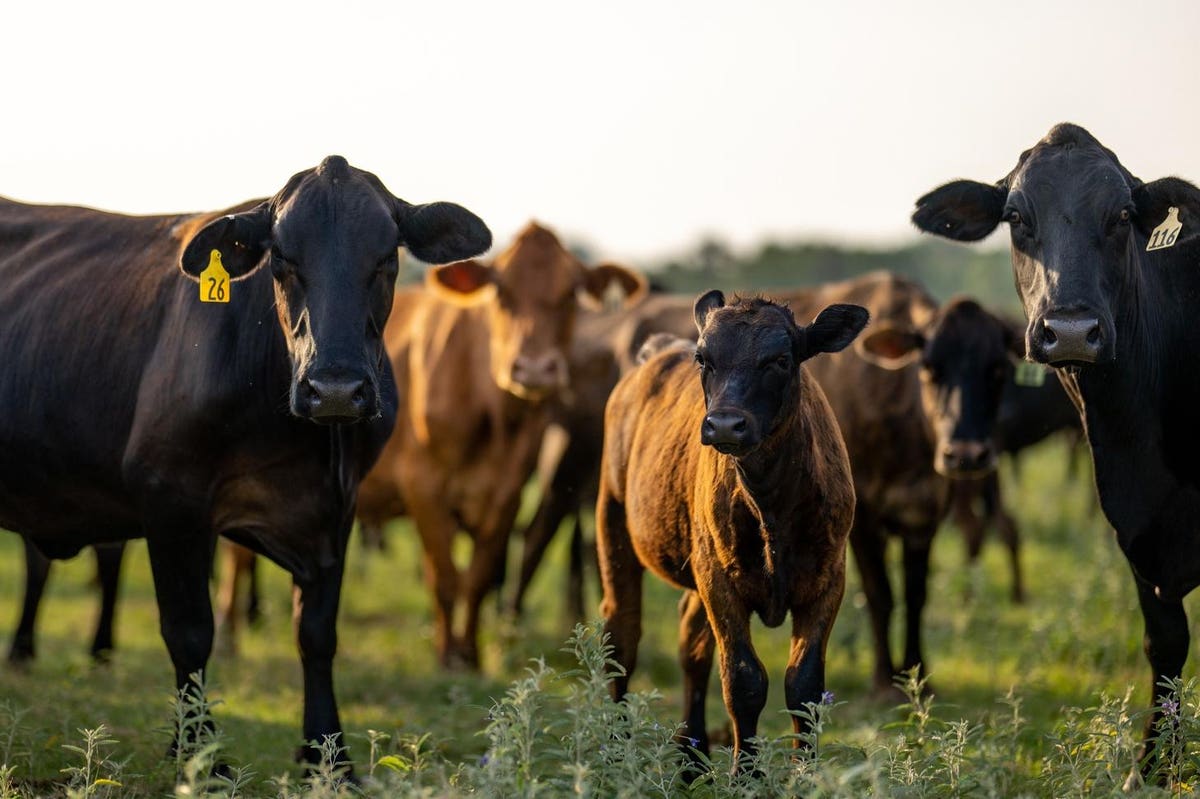The onset of Autumn and reduced outdoor grilling demand won’t cure currently high beef prices. What’s really needed is more supply, and that’s not coming any time soon.
Record high beef prices are a classic case of supply and demand economics. In free market economies, reduced supply and healthy demand causes higher prices, and U.S. cattle markets are the current poster child for the classic Economics 101 equation.
The multi-year drought in cattle producing regions of the U.S. coupled with higher operating costs as a result of inflationary pressures on fuel, equipment, and labor have caused cattle ranchers to cut back on the number of cattle produced. Higher feedlot costs (think all of the above factors plus higher than normal grain prices) have raised the cost of fattening animals as well. The result has been fewer and more expensive cattle available for slaughter.
Demand for beef by U.S. consumers is consistently strong, so lower supplies have caused beef prices to rise, even when increased imports of beef are factored into the equation.
Clues to how long beef prices will remain elevated can be found in a variety of government issued reports and in futures markets for Live Cattle and Feeder Cattle.
The latest USDA Cattle on Feed Report issued September 22, 2023 confirmed what markets already know and what current prices reflect: as of September 1, 2023 the inventory of cattle and calves on feed (cattle being fattened for slaughter) was down two percent from last September 1, 2022. Perhaps more significantly, the number of placements (cattle added to feedlots) in August 2023 was down a full five percent from August 2022. But the big number, called “Marketings” that is, cattle shipped out of feedlots to slaughter markets in August 2023, was down six percent from August 2022.
It’s little wonder that futures prices of both Live Cattle (cattle ready for slaughter) and Feeder Cattle (cattle grazed on pasture ready to be placed in a feedlot) have been repeatedly setting all time highs this summer, culminating in the highest prices ever being set over the past two weeks.
Ominously, futures prices out the curve, that is farther into the future, are signaling even higher prices. Live Cattle futures on the CME are signalling higher prices through February of 2025, and Feeder Cattle futures on the CME are signalling higher prices through August of 2024.
Why aren’t high prices curing high prices in beef markets, which is what usually happens in commodity markets? The answer is that cattle markets have much longer cycles than say, poultry or swine markets. It takes about 6-10 weeks to grow chickens to slaughter weight, and about 22-26 weeks to grow hogs to slaughter weight, but cattle take about 12-18 months from “pasture to plate’, and that doesn’t count a 280 day gestation for cattle, which adds 9-10 months to the cycle.
Prices may be high right now, but cattle ranchers need to decide when their risk (costs) reward (cattle price) ratio is at a level that will make them money. High cattle prices are great, but if production costs are high as well, there is little motivation to increase herd size. Right now there is no indication that ranchers have made the choice to increase herd sizes, because inflation has remained stubbornly high, meaning costs of production are still too high to motivate larger herd sizes.
As grain prices fall and other inflationary pressures ease (especially energy prices) cattle ranchers and feedlot operators will eventually be motivated to breed, raise, and fatten more cattle, which will finally provide some relief to consumers. But for now, the price of beef will remain elevated, and perhaps make even higher highs before finding some stability.
Read the full article here













Leave a Reply